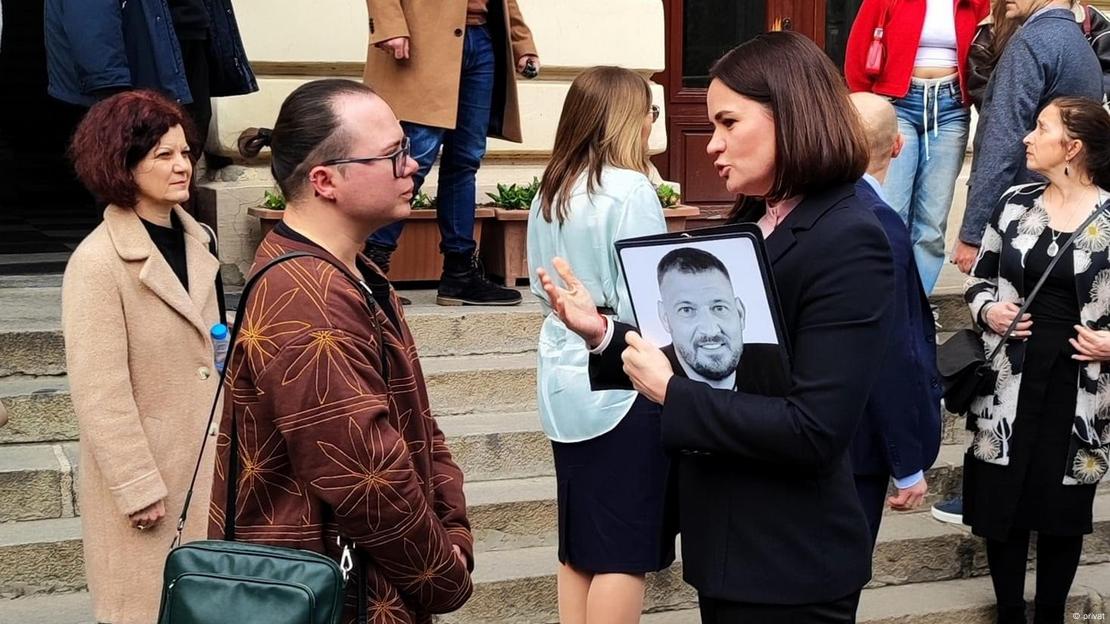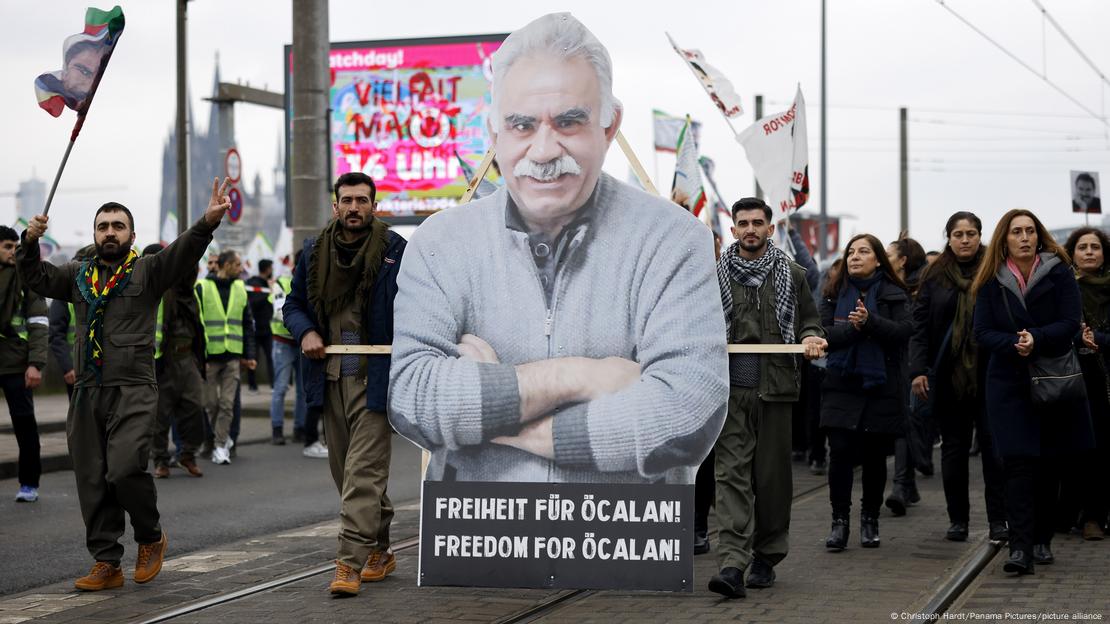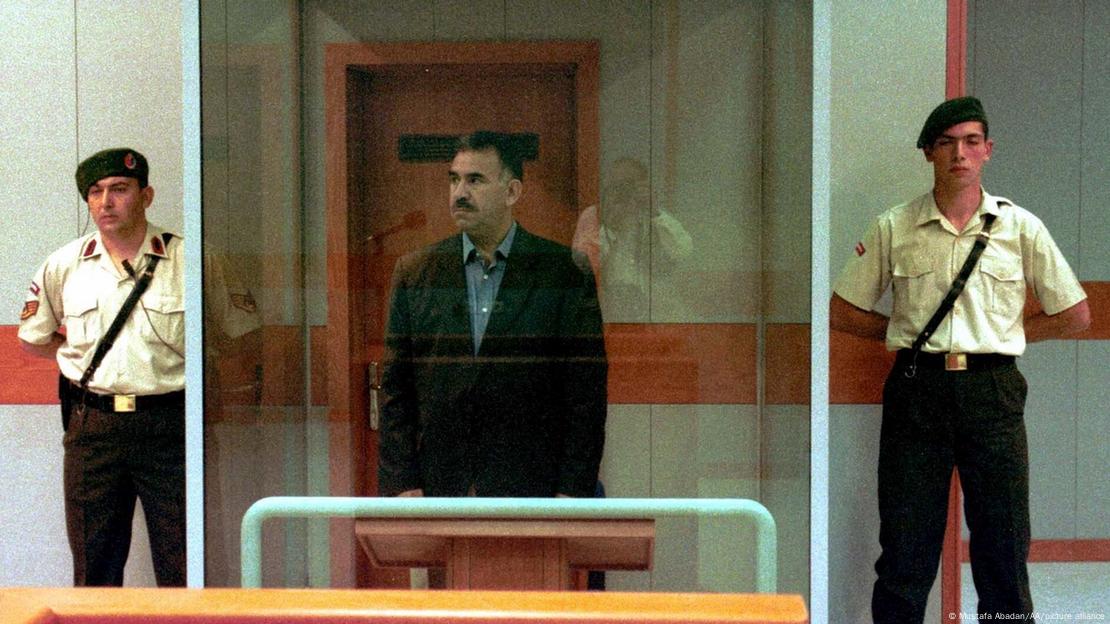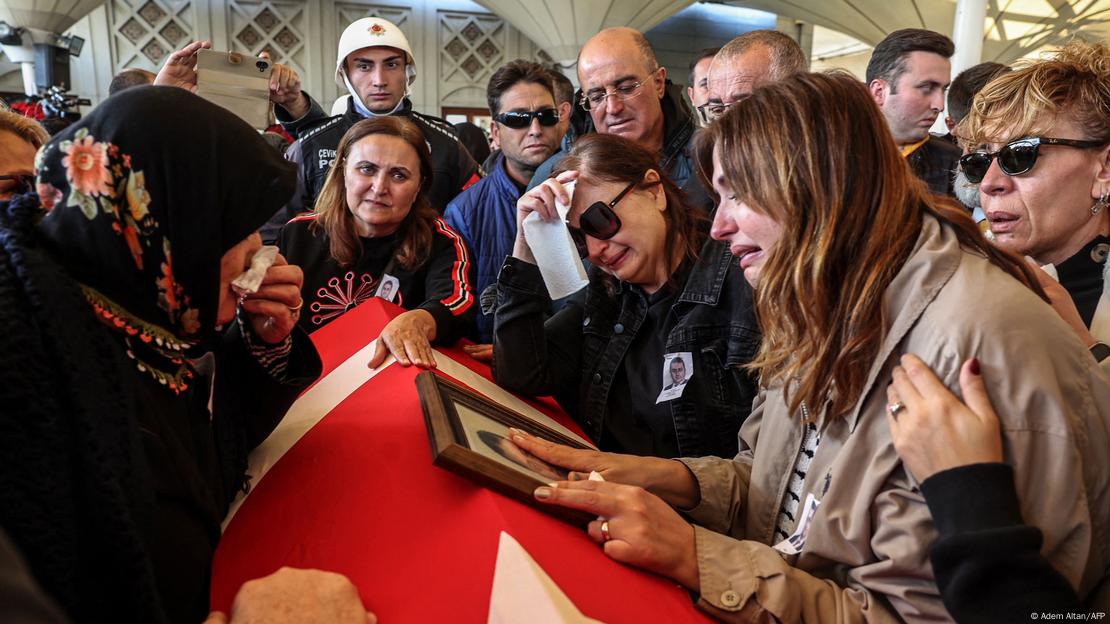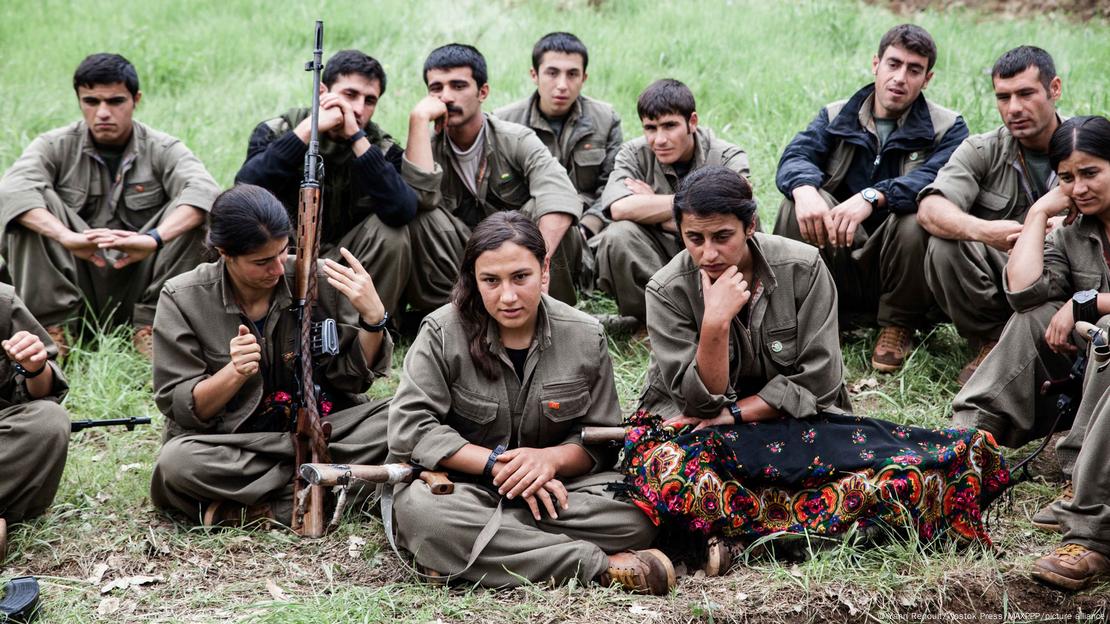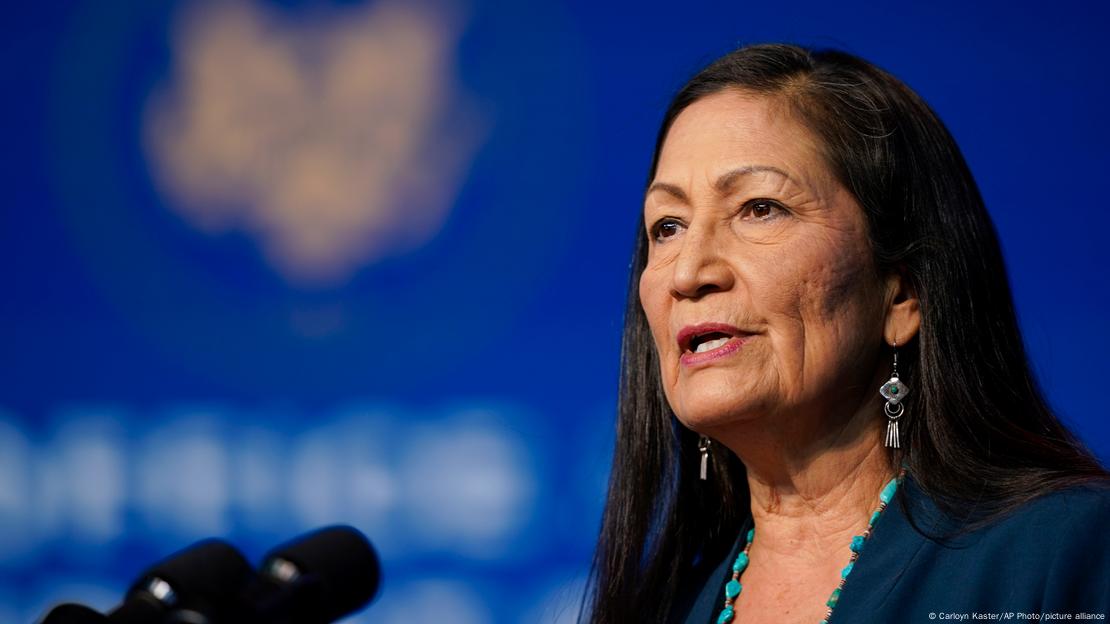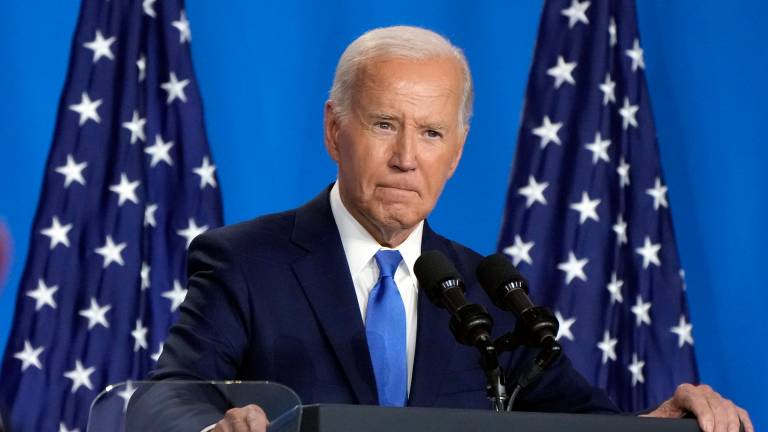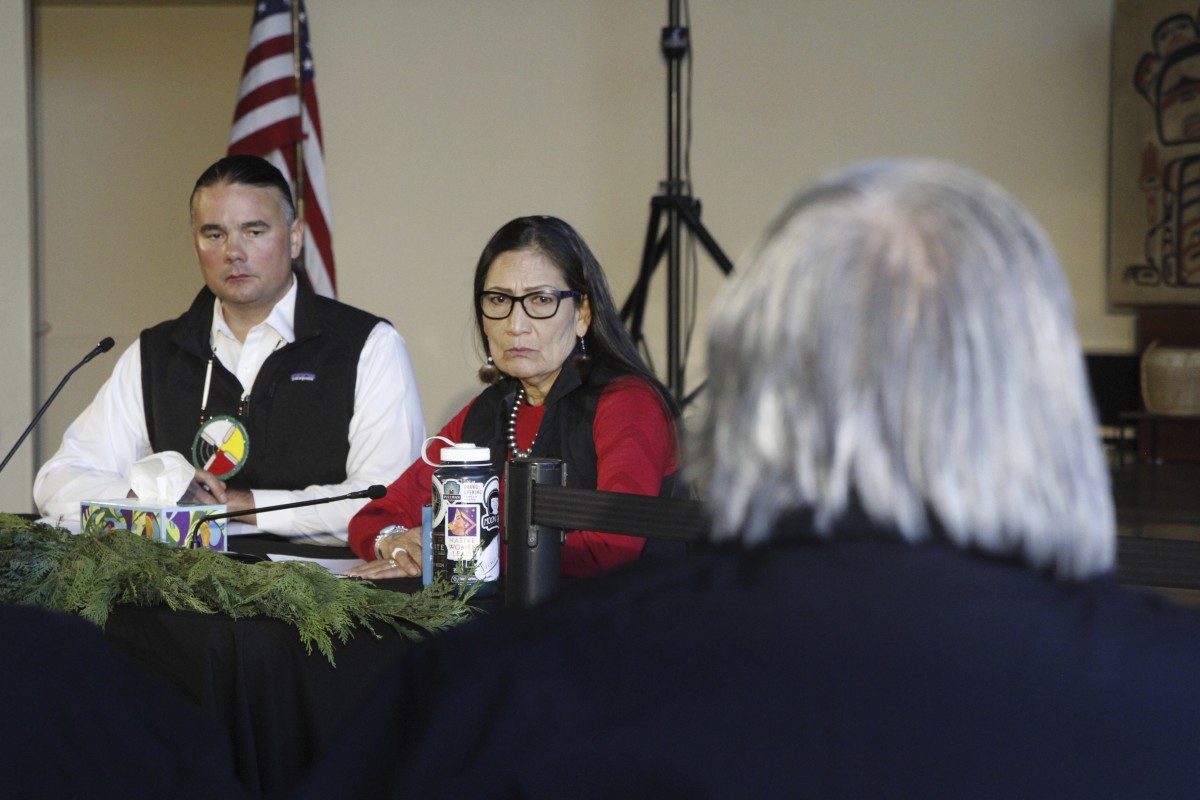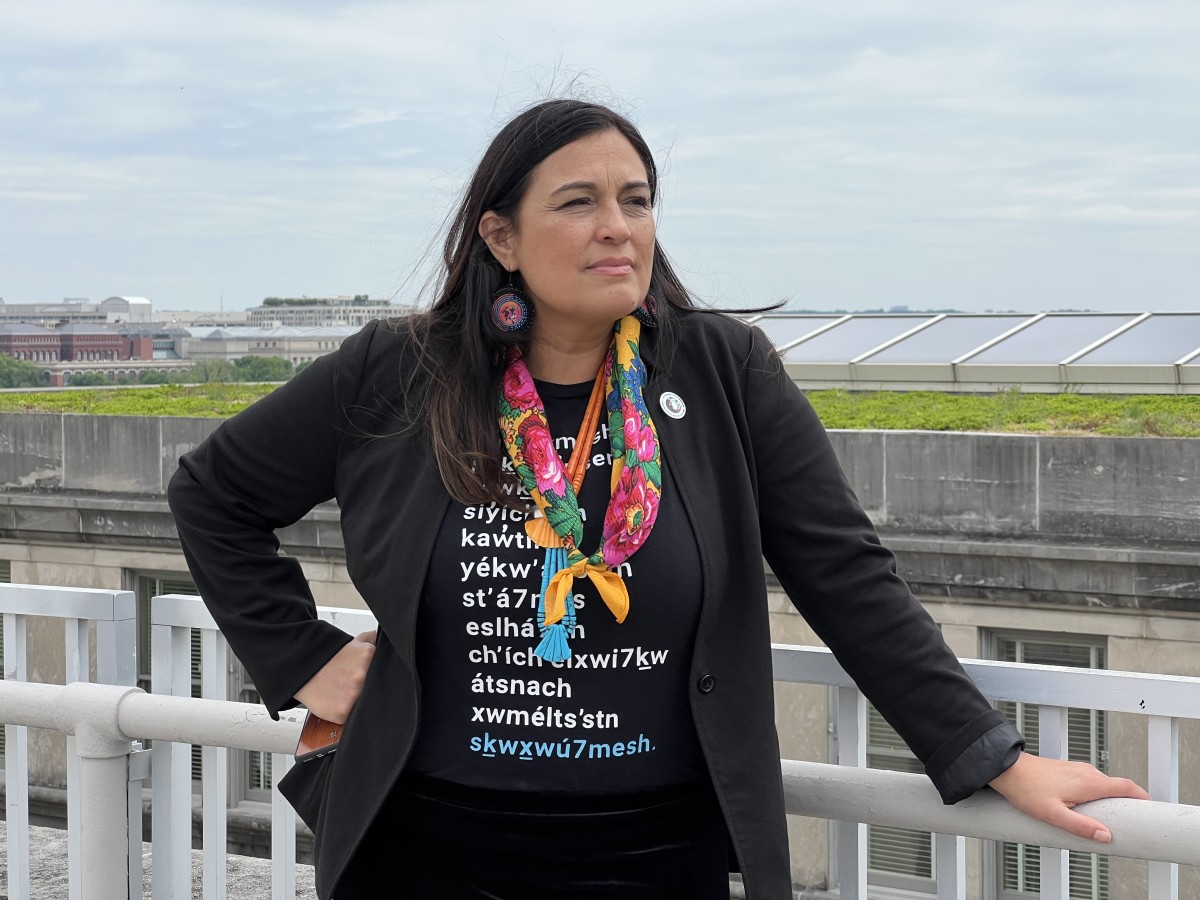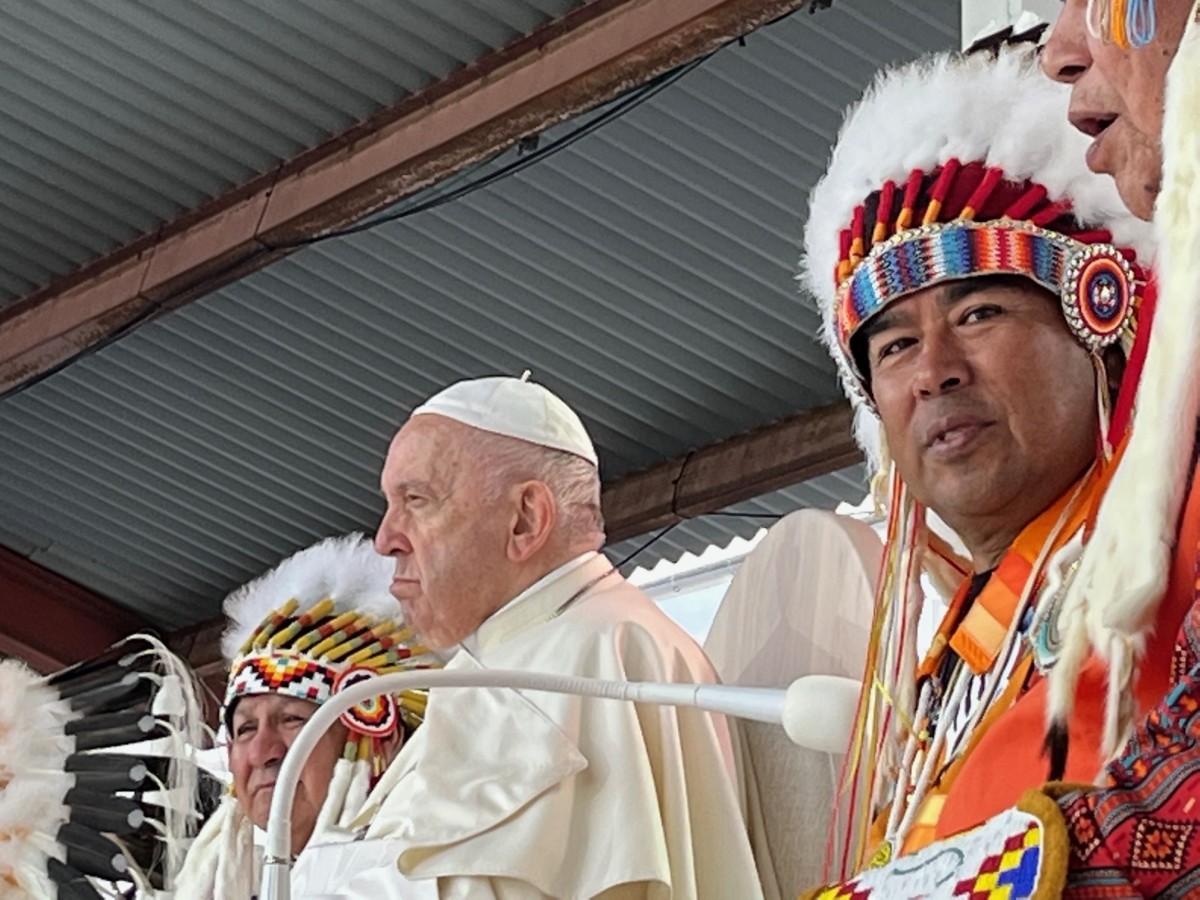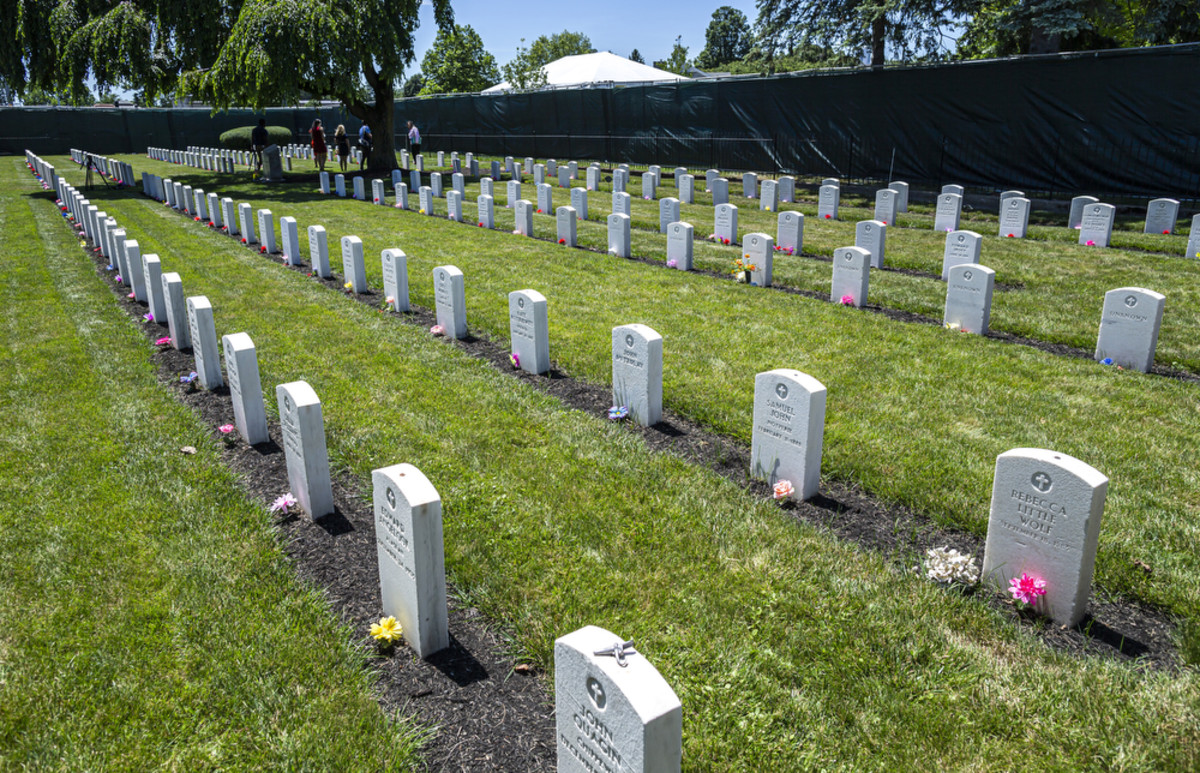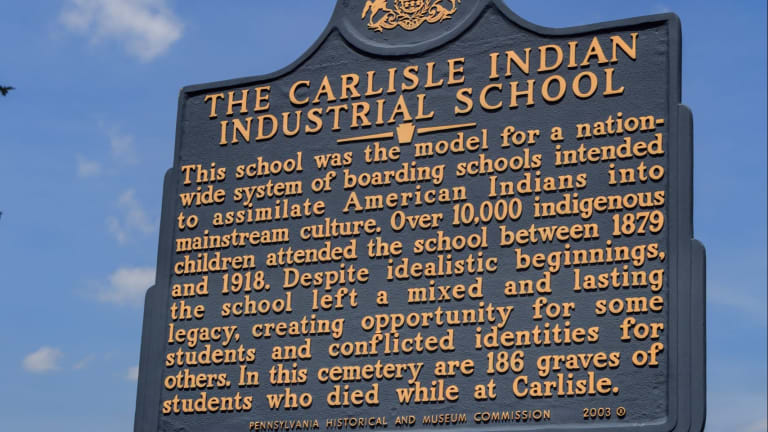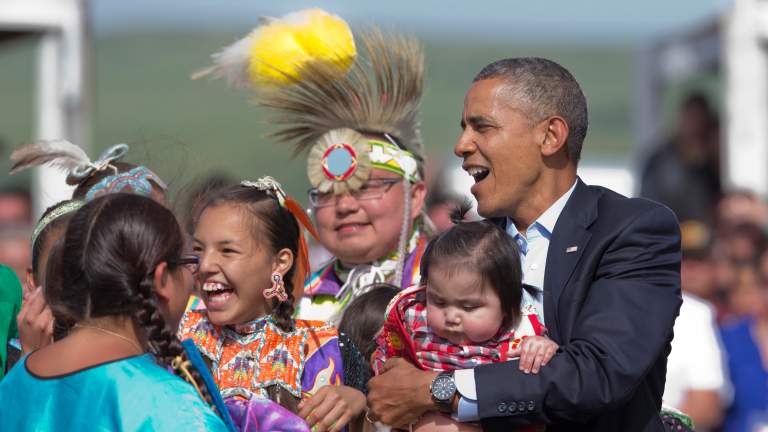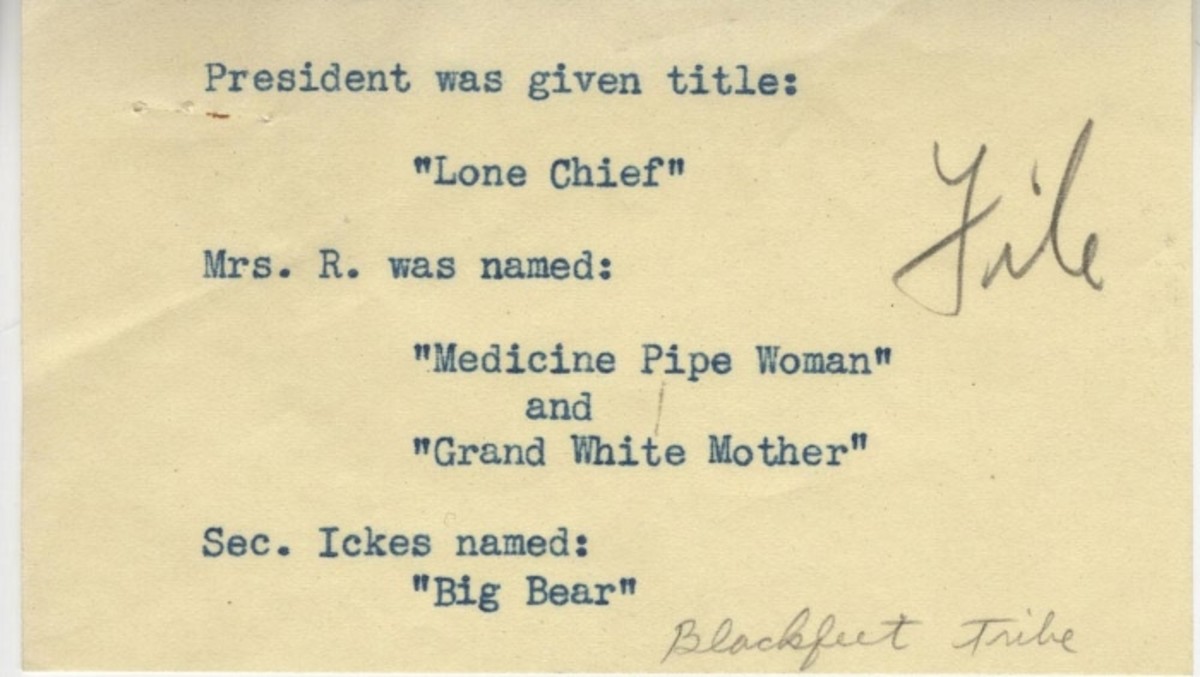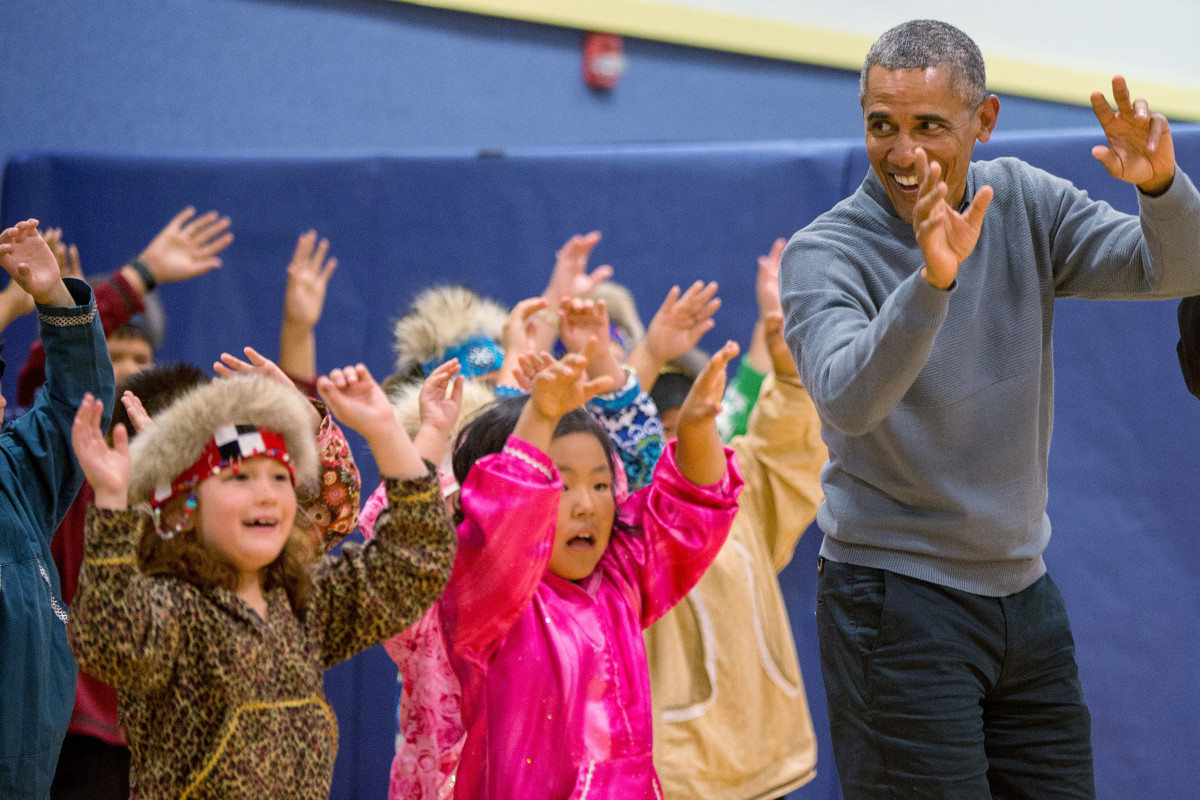DW
OCTOBER 26,3034
Populist parties are on the rise in Germany as they are all over the world. What can open societies do to protect democracy?
Populist parties are on the rise in Germany as they are all over the world. What can open societies do to protect democracy?
Björn Höcke, the chair of the Alternative for Germany party in the German state of Thuringia, can legally be described as a, according to a court ruling
Image: Bodo Schackow/dpa/picture alliance
Populism has many faces, but its pattern is always the same. Whether it's coming from Donald Trump in the US, Narendra Modi in India or from Björn Höcke and Germany's Alternative for Germany (AfD) it is always about supposed elites who have conspired against the people.
These elites are then cast the "enemies of the people" in a "them versus us" mentality.
And whether it's the climate crisis, conflict, or rapid social change, populist movements always promise salvation to an uncertain public. Populists present themselves as strong, charismatic leaders who will fix everything. And when law enforcement or the courts come for them, those institutions become "the enemies of the people" too.
Höcke, the state chairman of the AfD branch in Germany's eastern state of Thuringia, has also flirted with presenting himself as the supposed savior of the country.
"I am convinced that the Germans' longing for a historical figure who will once again heal the wounds of the nation, overcome division and put things in order is deeply rooted in our souls," he wrote in his book Never Twice in the Same River.
Höcke is alluding to a far-right propaganda video that depicts him as the 12th-century Holy Roman Emperor Barbarossa. According to an old legend, Barbarossa, who is known for making peace across the Germanic kingdoms and beyond, is not dead but only sleeping and will wake up again to unite his loyal followers.
Populism has many faces, but its pattern is always the same. Whether it's coming from Donald Trump in the US, Narendra Modi in India or from Björn Höcke and Germany's Alternative for Germany (AfD) it is always about supposed elites who have conspired against the people.
These elites are then cast the "enemies of the people" in a "them versus us" mentality.
And whether it's the climate crisis, conflict, or rapid social change, populist movements always promise salvation to an uncertain public. Populists present themselves as strong, charismatic leaders who will fix everything. And when law enforcement or the courts come for them, those institutions become "the enemies of the people" too.
Höcke, the state chairman of the AfD branch in Germany's eastern state of Thuringia, has also flirted with presenting himself as the supposed savior of the country.
"I am convinced that the Germans' longing for a historical figure who will once again heal the wounds of the nation, overcome division and put things in order is deeply rooted in our souls," he wrote in his book Never Twice in the Same River.
Höcke is alluding to a far-right propaganda video that depicts him as the 12th-century Holy Roman Emperor Barbarossa. According to an old legend, Barbarossa, who is known for making peace across the Germanic kingdoms and beyond, is not dead but only sleeping and will wake up again to unite his loyal followers.
Against equality and freedom from discrimination
The rise of populist parties has become a serious challenge for democratic states.
"What we are seeing is that central values are being called into question by right-wing populists, such as equality, human dignity and the right to freedom from discrimination," said political scientist Hans Vorländer, a professor at Germany's Technical University of Dresden who has spent a career researching right-wing populism.
"It is necessary for us to understand that right-wing populist parties are not going to simply disappear. We have to learn how to deal with them," he said. "This is more difficult in Germany than in other countries because we have seen how forces can destroy democracy."
Academics and lawmakers around the world have sounded the alarm about the threat posed by populism to democratic societies. The storming of the US Capitol in Washington by Trump supporters on January 6, 2021, has shown how justified these warnings are.
In Germany, too, there is growing evidence of how dangerous the AfD may be for the rule of law. At the beginning of September, the AfD in Thuringia became the first far-right party since World War II to win the most votes in a German state election. Höcke was widely celebrated by his supporters in the wake of the victory, and the AfD opened parliament with such disdain for the rest of the lawmakers that eventually a court had to intervene.
Yet despite all the fresh research and the media hand-wringing, populism has largely been allowed to march on unchecked in recent years. So what is to be done about it?
Investments to combat right-wing populism
The German-based Kiel Institute for the World Economy came up with an interesting solution for Europe: investment. The institute investigated the influence of public investment in structurally weak regions of Europe on right-wing populist parties. The results, published in April 2024, showed that in regions receiving support, the share of votes for right-wing populist parties fell by 15-20%.
The study concluded that "EU regional funding of one hundred euros per capita reduces the share of votes for right-wing populist parties in an average region by 0.5 percentage points."
Scientists like Vorländer also say that politicians need to invest much more in political education if they want to protect, in particular, young people against populist content on social media.
It is becoming more difficult for democratic parties to reach first-time voters because they are losing their power to reach them, Vorländer says.
"We have to realize that party democracy is losing structure and strength. Party democracy is changing into a movement democracy, which is much more volatile," he told DW.
Loyalty to political parties is no longer as permanent as it was once. Experts are therefore calling for ordinary people to be more involved in political decision-making outside of elections.
Sociologist Steffen Mau of Berlin's Humboldt University, for example, has advocated so-called citizens' councils where people with very different world views should come together to discuss political issues and find solutions. This, he believes, would help people question extreme ideologies.
Bans as a last resort
The ultimate measure against the threat to democracy is now being debated in Germany: legal proceedings to ban the AfD. For years, courts, security authorities and civil organizations have been collecting evidence that the party is dangerous.
An outright ban on the party, however, faces high legal hurdles. Either the government of Chancellor Olaf Scholz or one of the two houses of parliament would have to officially apply for such a ban. That application would then be reviewed by Germany's Constitutional Court.
A party has only been banned twice in Germany's post-war history, and the last time that happened was in 1956.
But Vorländer says that in this case, a ban is more than justifiable.
"The democratic parties must make it clear that they are prepared to set boundaries. They should not shy away from having these boundaries implemented by the Constitutional Court" he said.
This article was originally written in German.
While you're here: Every Tuesday, DW editors round up what is happening in German politics and society. You can sign up here for the weekly email newsletter Berlin Briefing.

Hans Pfeifer DW reporter specializing in right-wing extremism
The ultimate measure against the threat to democracy is now being debated in Germany: legal proceedings to ban the AfD. For years, courts, security authorities and civil organizations have been collecting evidence that the party is dangerous.
An outright ban on the party, however, faces high legal hurdles. Either the government of Chancellor Olaf Scholz or one of the two houses of parliament would have to officially apply for such a ban. That application would then be reviewed by Germany's Constitutional Court.
A party has only been banned twice in Germany's post-war history, and the last time that happened was in 1956.
But Vorländer says that in this case, a ban is more than justifiable.
"The democratic parties must make it clear that they are prepared to set boundaries. They should not shy away from having these boundaries implemented by the Constitutional Court" he said.
This article was originally written in German.
While you're here: Every Tuesday, DW editors round up what is happening in German politics and society. You can sign up here for the weekly email newsletter Berlin Briefing.

Hans Pfeifer DW reporter specializing in right-wing extremism




